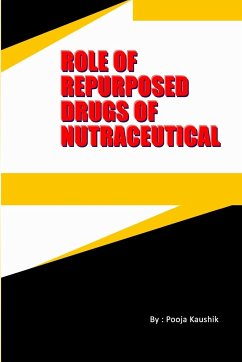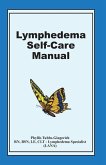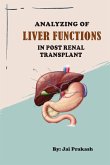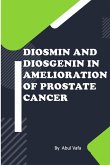Among all the brain injuries, stroke is the leading devastating condition, responsible for the physical and mental disabilities and accounts as a major reason of mortality. Globally, stroke affects around 15 million people per year and is considered as the second foremost cause of mortality, with 5.5 million demises per year. During the past two decades, the rough estimate of stroke incidence in different parts of India extended from 44.29 to 559/100,000 persons. In their lifetime, 1 out of 4 adults encountered stroke. The World Health Organization (WHO) suggests, though the death rate of stroke patients is comparatively high, but the major concern lies with the patients which survive with permanent disabilities. These patients lay an extraordinary burden on families and the society. Globally, in 1990, this stroke burden was 38 million disability-adjusted life years (DALYs) which are projected to rise to 61 million DALYs in 2020. These stroke survivors contribute to high-risk inhabitants and are the target of secondary preventive interventions. Research from last 20 years has made influential contribution in identifying risk factors and the early-stage signs of stroke, their management and introducing primary and secondary strategies. A variety of risk factors are accompanied by higher stroke menace. These are stratified as modifiable and non-modifiable risk factors. Environment and lifestyle choices like smoking, obesity, sedentary lifestyle, anxious mood etc. are considered as modifiable risk factors that can be eliminated by the support of healthcare providers, treatment, and awareness. Non-modifiable risk factors encompass genetic or natural progressions like aging, demographic transitions etc. which cannot be modified.








